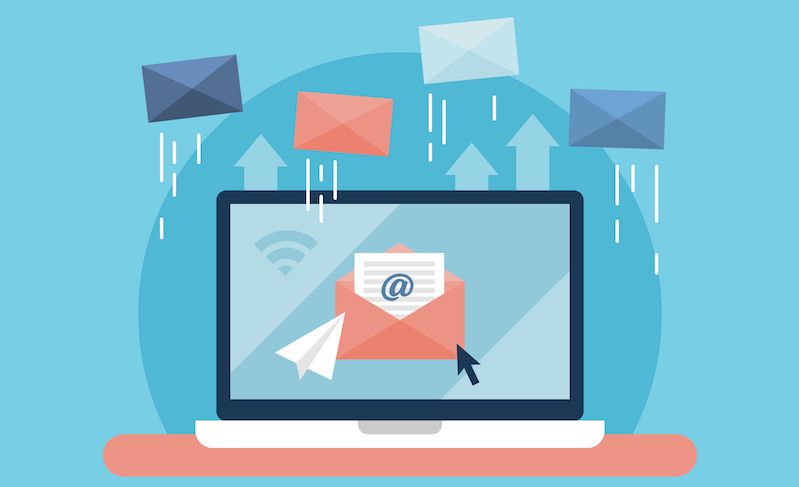As an expert in email communication, you strive for seamless delivery of your messages. However, encountering email bounce 4.4.1 errors can disrupt your efforts. In this comprehensive guide, we will delve into the intricacies of the 4.4.1 bounce message and equip you with the knowledge to understand and resolve such delivery issues. By addressing the underlying causes and implementing effective solutions, you can ensure that your emails reach their intended recipients successfully.
Understanding the 4.4.1 Bounce Message

The 4.4.1 bounce message is an SMTP error code that indicates a temporary delivery failure. When you receive a 4.4.1 bounce message, it signifies that the email server encountered a transient issue during the delivery process. This error code typically occurs due to reasons such as:
- Temporary network or server congestion
- Issues with the recipient's email server
- Overload on the recipient's mailbox
It's important to note that a 4.4.1 bounce message suggests a temporary failure, and the email server will attempt to deliver the message again after a certain period. However, if the issue persists, it may lead to a permanent bounce and require further investigation and resolution.
Resolving 4.4.1 Bounce Errors

To overcome 4.4.1 bounce errors and ensure successful email delivery, consider implementing the following strategies:
- 1. Monitor and Retry: Keep an eye on bounce messages and allow the email server to retry the delivery automatically. In most cases, the temporary issue causing the 4.4.1 bounce will resolve itself, and the email will be delivered successfully.
- 2. Check Recipient's Email Server: Verify if the recipient's email server is experiencing any known issues or undergoing maintenance. Contact the recipient or their IT department for updates or alternative contact methods if necessary.
- 3. Reduce Email Size: If the bounce persists, consider reducing the size of your email by compressing attachments or optimizing the content. This can help alleviate network congestion or mailbox overload issues.
- 4. Review Sending Practices: Evaluate your sending practices to ensure compliance with best practices, such as avoiding sending too many emails to the same recipient within a short timeframe.
- 5. Reach Out to Your Email Service Provider: If the issue persists or affects a significant number of recipients, contact your email service provider for further assistance. They can provide insights and guidance specific to their platform and infrastructure.

Common Questions about Email Bounce 4.4.1
Here are some frequently asked questions about the 4.4.1 bounce message:
- 1. Is a 4.4.1 bounce permanent?
No, a 4.4.1 bounce is considered a temporary failure. The email server will attempt to deliver the message again after a certain period. However, if the issue persists, it may result in a permanent bounce.
- 2. How long should I wait before considering it a permanent bounce?
There is no fixed timeframe for considering a 4.4.1 bounce as permanent. It depends on various factors, including the policies and configurations of the recipient's email server. It is advisable to monitor bounce messages and take action if the issue persists for an extended period.
- 3. Can the recipient's email server configuration cause a 4.4.1 bounce?
Yes, issues with the recipient's email server configuration, such as high traffic or misconfigured settings, can contribute to a 4.4.1 bounce. In such cases, contacting the recipient or their IT department for assistance may be necessary.
- 4. What if reducing the email size doesn't resolve the bounce?
If reducing the email size doesn't resolve the 4.4.1 bounce, consider other potential factors, such as recipient-specific filtering rules or blacklisting issues. Reach out to your email service provider for further guidance in troubleshooting and resolving the problem.
Conclusion
Understanding and addressing the 4.4.1 bounce message is essential for maintaining effective email communication. By monitoring bounce messages, implementing appropriate strategies, and collaborating with your email service provider, you can overcome temporary delivery failures and achieve higher email success rates. Remember, timely action and continuous improvement are key to ensuring that your emails reach their intended recipients without interruption.



